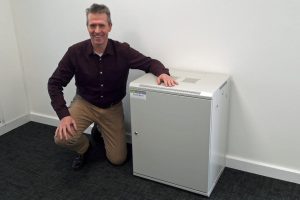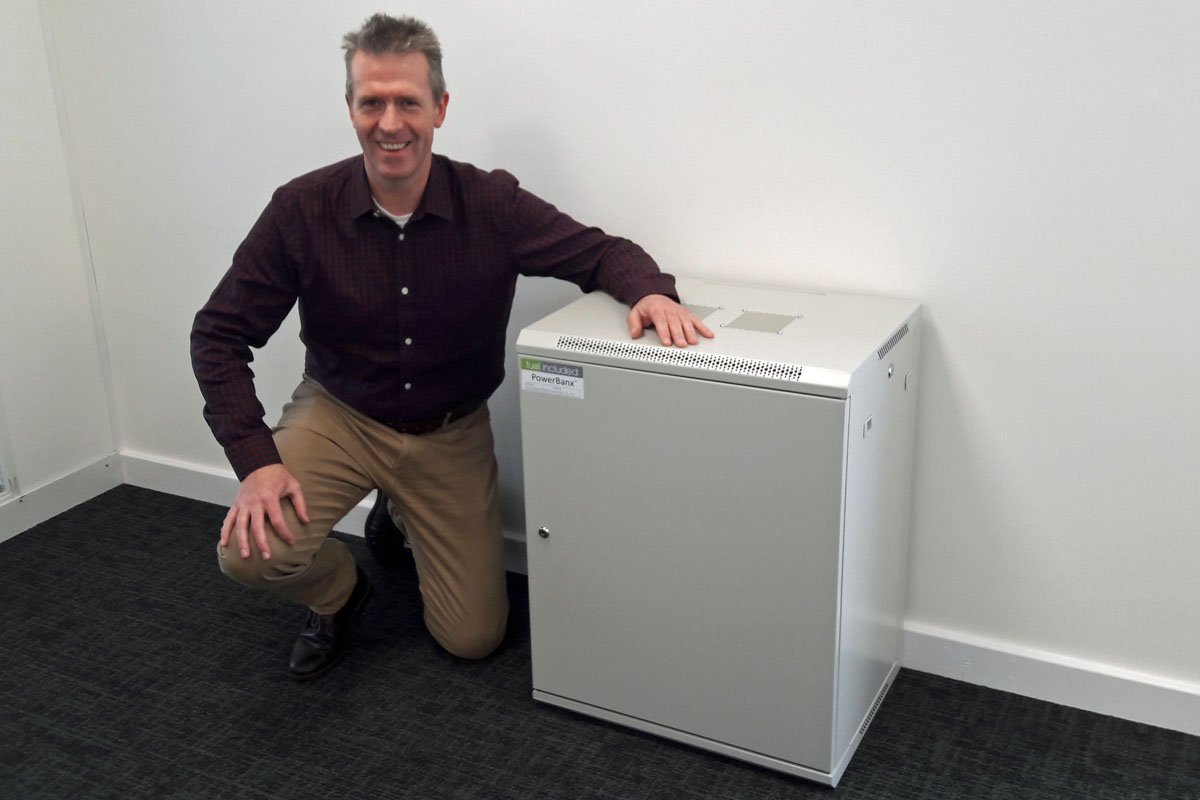It depends, experts say. Just expect to make a few sacrifices.
Even by the standards of the generally well-informed clean-energy customers in California’s Bay Area, Todd Karin is a savvy one.
Karin works as a postdoctoral researcher in the energy storage and distributed resources division at Lawrence Berkeley National Laboratory. Last year, he chose to add solar and storage to his home, first buying an array of Panasonic panels and then adding a Tesla Powerwall a few months later.
Karin said the decision to go solar was an environmental and economic one, but the energy storage he had installed was in preparation for an uptick in power outages. He lives in a part of rural Solano County situated between San Francisco and the Central Valley. Though power outages roiled the Bay Area last week — with Pacific Gas & Electric reporting a peak of 738,000 impacted customers — Karin and many of his neighbors were prepared.

Tanjent’s PowerBanx X battery storage, in pale grey enclosure (Image: Tanjent)
“Almost all of our neighbors have generators. You can hear it when you go outside,” Karin said. “One of our neighbors got a generator from a hospital that they were throwing away. They could light up the whole town if PG&E would let them.”
The outage was the first extended test for Karin’s backup system. PG&E cut electricity to his house for a little over two days. Without power, the well and pump system supplying water to his home can’t function. But the Powerwall largely worked, allowing the house to use water, the fridge and even a table saw for a bit of woodworking.
California’s outages come at a time when many residential solar sellers are rushing battery products to market or working to expand attachment rates for new sales. Sunnova, Sunrun, SunPower and Tesla all offer in-house storage products for home solar customers. Those products join a growing crowd of storage vendors including Simpliphi, LG Chem and the latest entrant, Generac, a company formerly focused solely on backup generators.
Read more: Greentech Media




